

Damion Smy
Toyota exporting US-built cars to Japan after Trump criticism
3 Days Ago

Senior Road Tester
Ironic, isn’t it?
We’re in Germany to drive the latest all-electric space ship from BMW, yet finishing up with a no-holds-barred drive in the first ever M5.
Sure, it wasn’t the first full-fat M car to come from BMW Motorsport GmbH (dubbed ‘M’): that hall-of-fame status fell to the stunning Giugiaro-designed M1 supercar that debuted in 1978.
But the E28 M5 certainly gave true meaning to the term, ‘wolf in sheep’s clothing’.

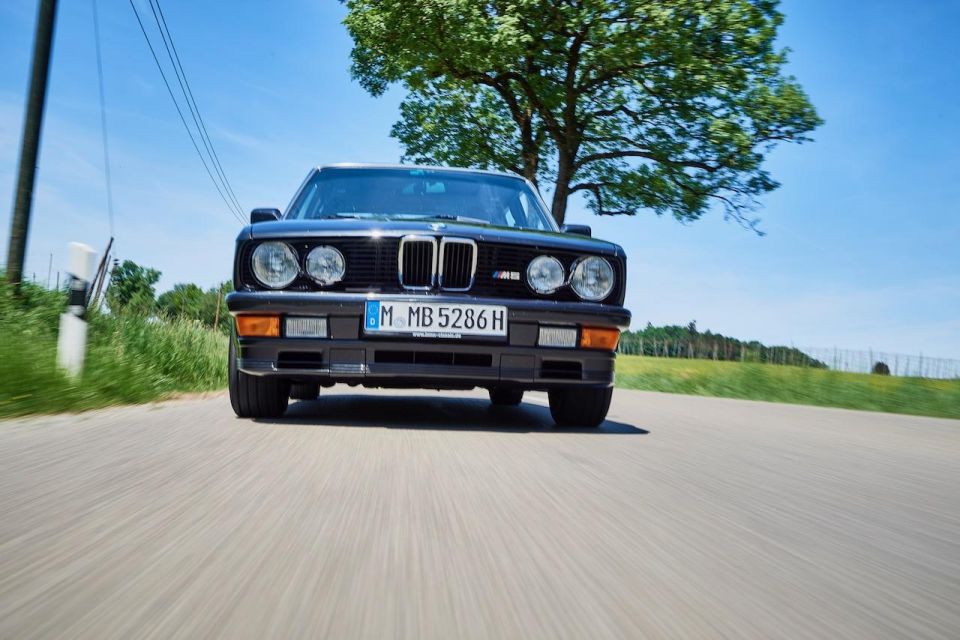
In fact, it did a lot more than that. Many say it was the E28 M5 that laid the very foundations of the sports sedan class itself, where understatement was part of the essential DNA.
Compared to the regular E28 BMW 5 Series, which itself was the benchmark business-class sedan of the day, the M5 super sedan barely stood out.
The obligatory M5 badges on the radiator grille and rear of the car were small and relatively unpretentious, and gave nothing away to what lay under the bonnet or indeed the beefed-up chassis that made this game-changing BMW so revered.
Even the bodywork was subtle, well almost. The front and rear bumpers barely registered on the radar, except for the small rubberised boot-lip spoiler and discrete side skirts that added a bit more resolve to the M5’s largely unpretentious look.

Visible only to a carefully trained eye or M aficionado were subtle wheel-arch extensions and a slightly lowered profile – necessary thanks to the larger wheel and tyre combination fitted to the M model.
All the good stuff was below decks, though. Under the bonnet sat a 3.5-litre, four-valve, in-line six-cylinder engine that first saw service in the M1 road car, only in the M5 (and M635CSi) the wick was turned up to develop even more power.
The motor itself was designated M88/3 and characterised by its crossflow, light-alloy cylinder head, two overhead camshafts, four valves per cylinder, centrally located spark plugs, digital engine electronics and individual throttle valves.
All of this hardware meant the M5 developed an unrivalled 286hp (213kW) at 6500rpm and 340Nm of torque, which was not only 9PS more than the M1, but also more than the Ferrari 328 of the same era.
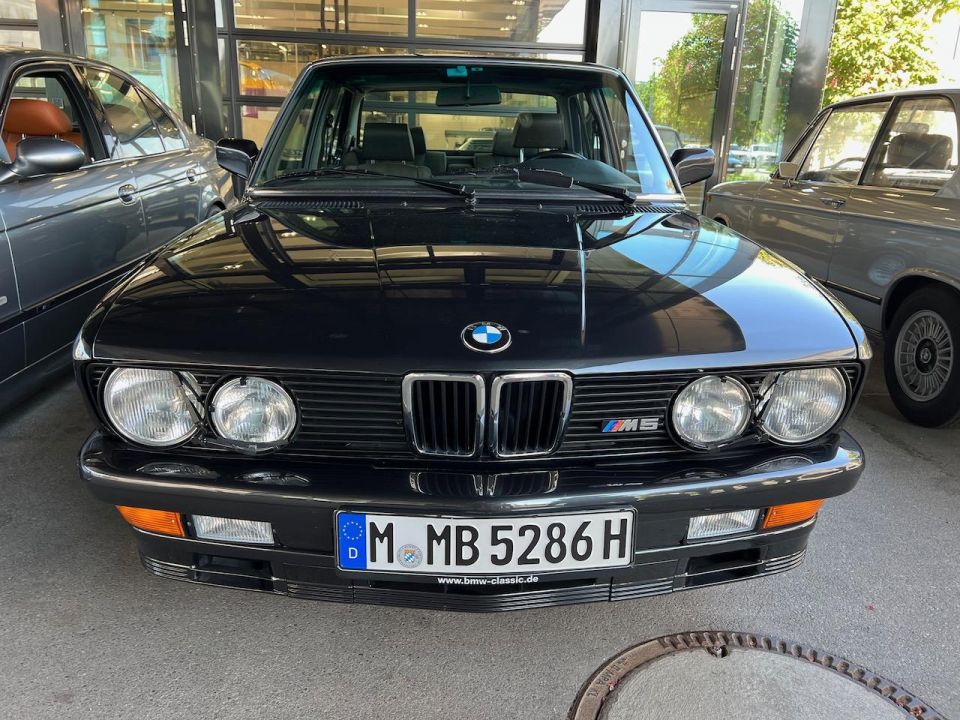
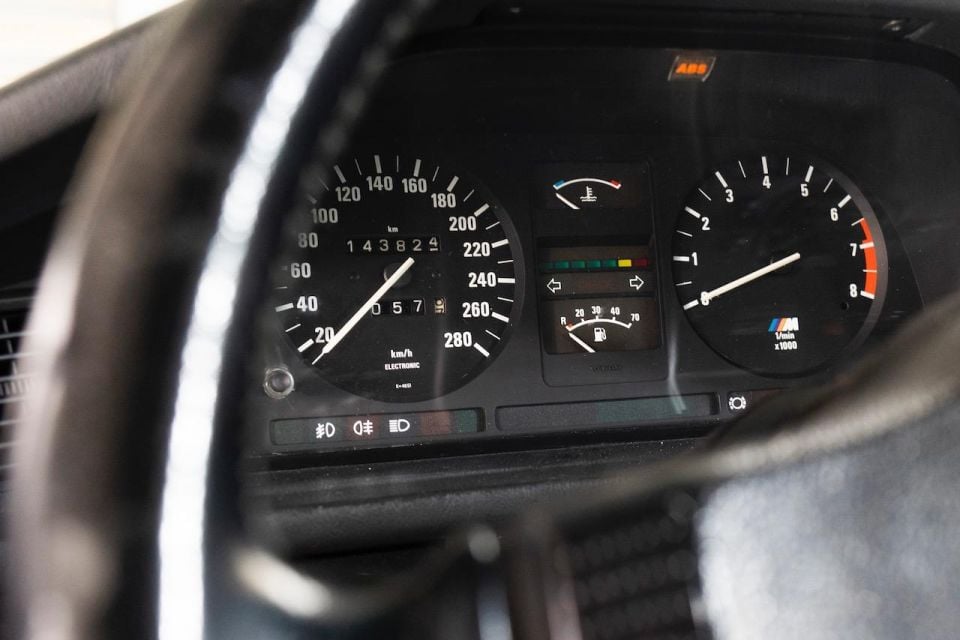
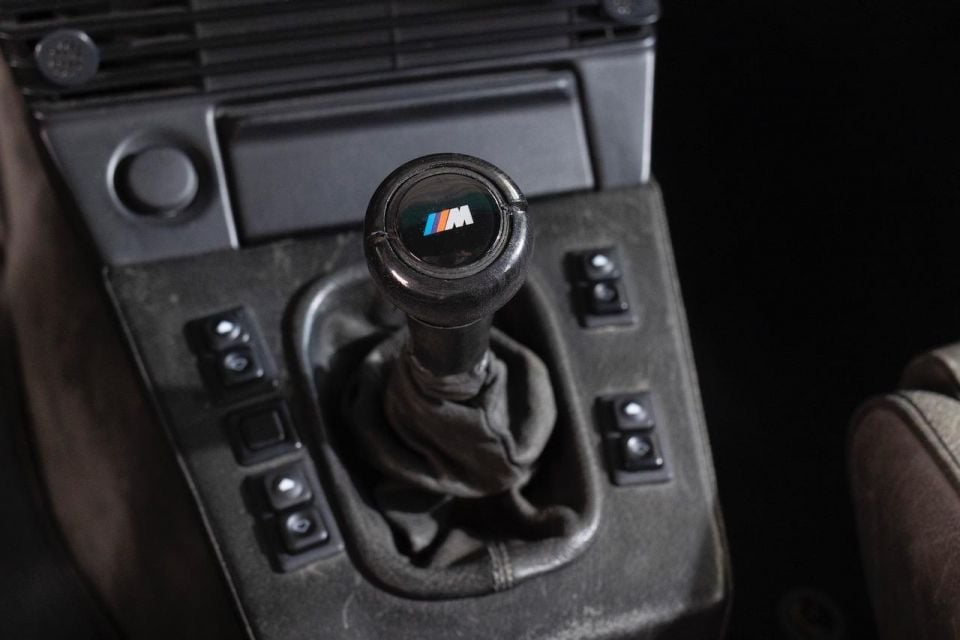
As a result, it could go from a standing start to 0-100km/h in 6.5 seconds with a top speed of 245km/h – earning it the title of fastest four-door sports sedan in the world.
This, when the M535i put out peak power and torque of 160kW and 310Nm respectively from its 3.4-litre straight-six motor, or noticeably less if you lived in the United States.
It wasn’t just the M1 engine that was tinkered with either. The chassis also got some special attention in the form of monotube gas pressure dampers, while the front brake discs were internally ventilated.
Moreover, the M5 benefited from a specially designed anti-lock braking system, a more robust five-speed manual gearbox, and a limited-slip differential given the extra loads it had to contend with over regular 5 Series models.
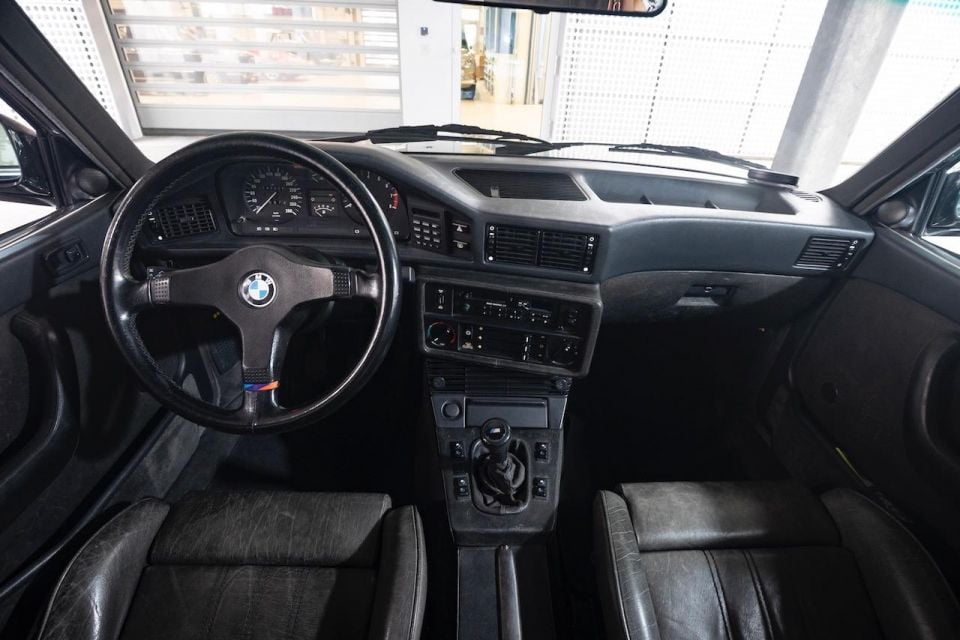
That subtlety continued inside but for a few key elements that immediately distinguished the M5 from its regular stablemates, as luxurious as they were.
Our impeccably presented test car was from BMW Classic in Munich and was fitted with the optional sports seats that were conspicuous for their thickly padded bolsters and embroidered M logo on the back rests.
They’re astonishingly comfortable and electrically adjustable in every direction via a bank of rocker switches either side of the handbrake.
There’s another M logo on the perfectly clean three-spoke steering wheel. Not a single button or switch to be seen.
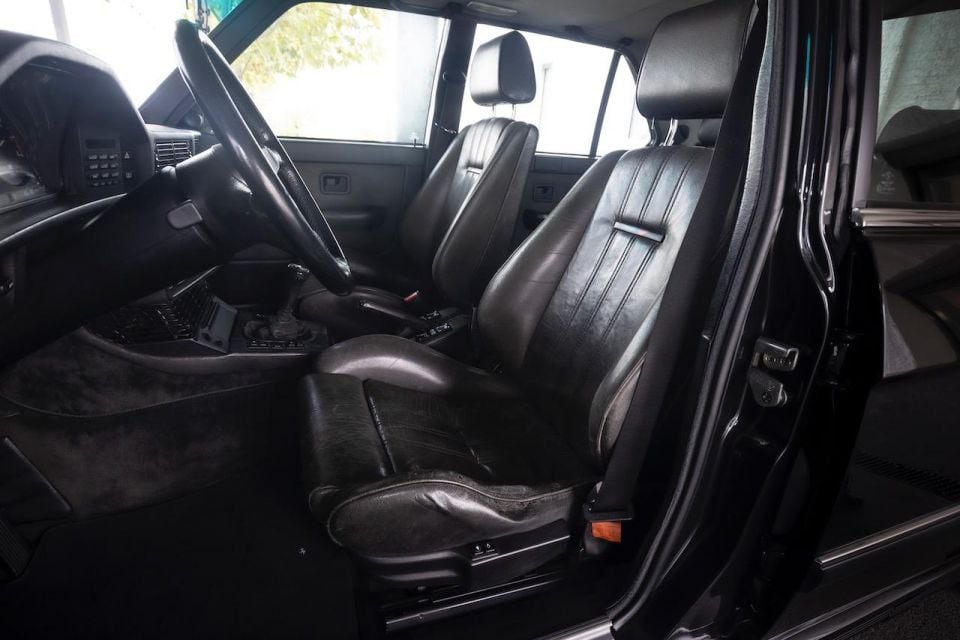

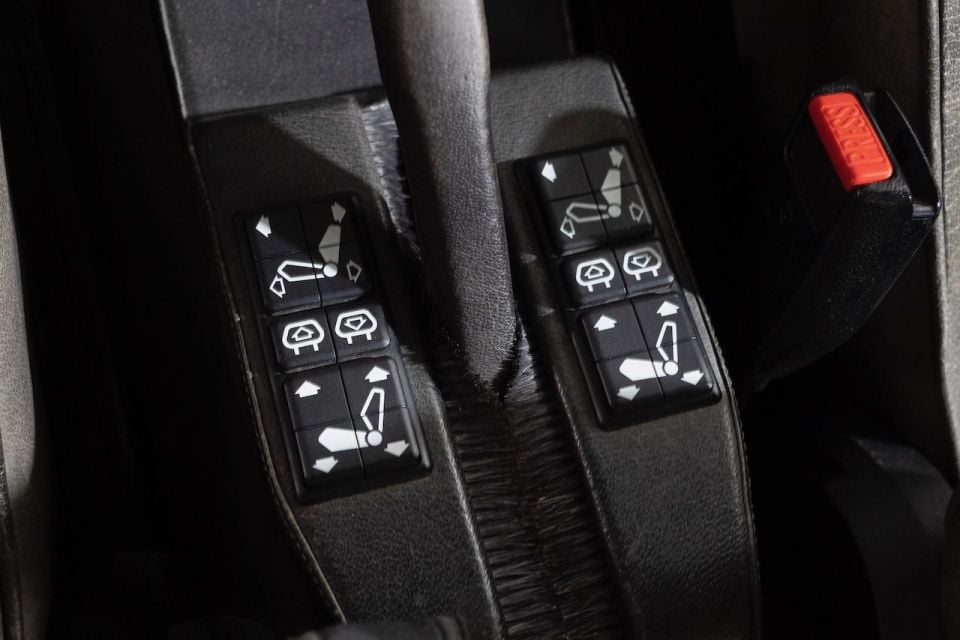
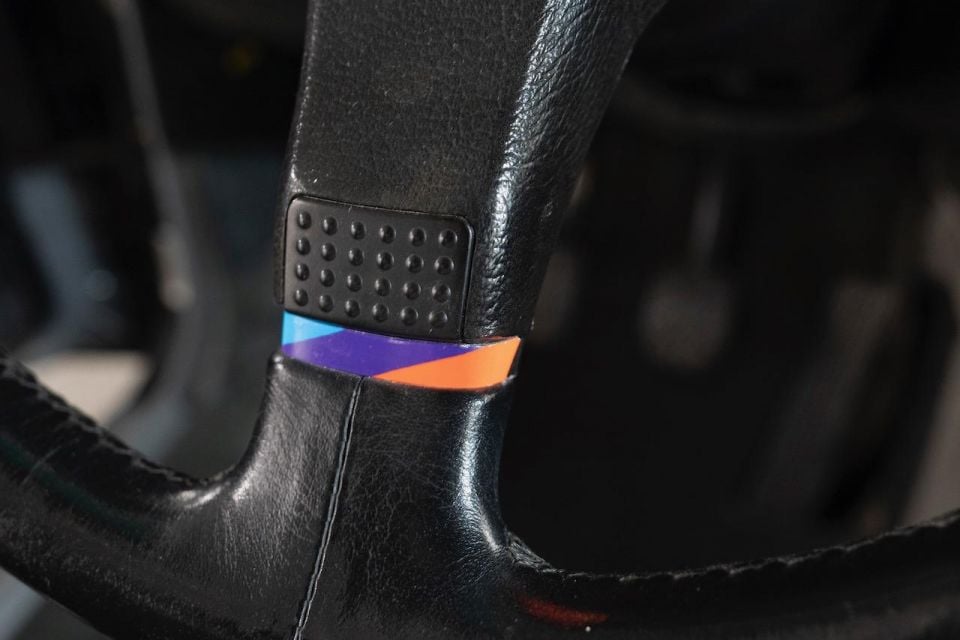
The dashboard is the typical BMW-style, driver-centric unit emblazoned with an old-school computer and a stack of buttons for the stereo and air-con. And let’s not forget the stubby little manual shifter complete with full-strength M logo signifying its high-performance standing and rarity.
Remember, this generation M5 is from an era when genuine performance cars featured a manual gearbox – exclusively – this being a five-speed Getrag unit.
All this performance and exclusivity came at a price. It started from a minimum of DM80,000 but most buyers would end up spending up to DM90,000 at a time when the 328 GTS was only a few thousand more.
But, whereas Maranello built more than 8000 Ferrari 328s in GTS & GTB guise collectively, BMW only ever hand-built just 2241 examples of the E28 M5 – hence its unmistakable rarity.
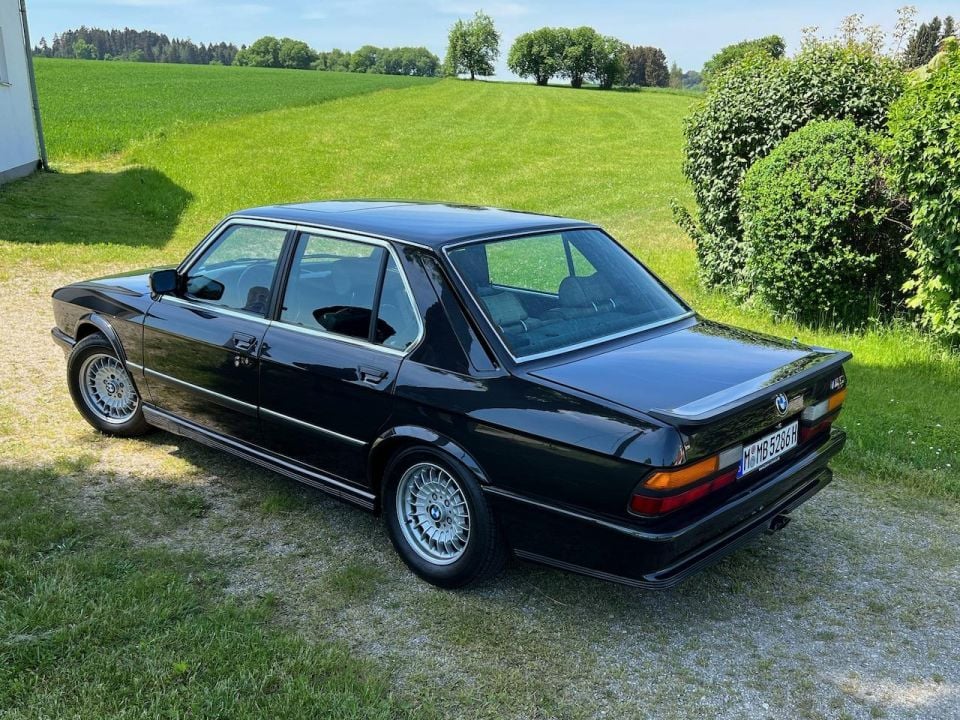
Up close, in the metal, it’s hard to tell the M5 apart from the regular version, it really is. Thank heavens for those M badges, as small and subtle as they are because unless you take a peak under the bonnet, this car could easily be mistaken for a regular 5 Series with a mild body kit applied. M badges were easily procured back in the day.
Its condition is simply superb considering this very example gets routine thrashings from all sorts of different drivers – some good, some bad, I suspect. Their upkeep is entirely the work of BMW Classic’s fanatical team, most of them younger than this M5.
There’s a genuine simplicity to cars of this era, despite the fact the M5 was considered highly sophisticated and cutting-edge, complete with a driver’s trip computer sitting to the right of the steering wheel.
Twist the proper old-school key on the right-side of the steering column and you get that high-tempo starter motor whirring noise before the straight-six fires. Devoid of childish farts, pops and crackles, there’s no mistaking it for a worked engine with its understated burble.
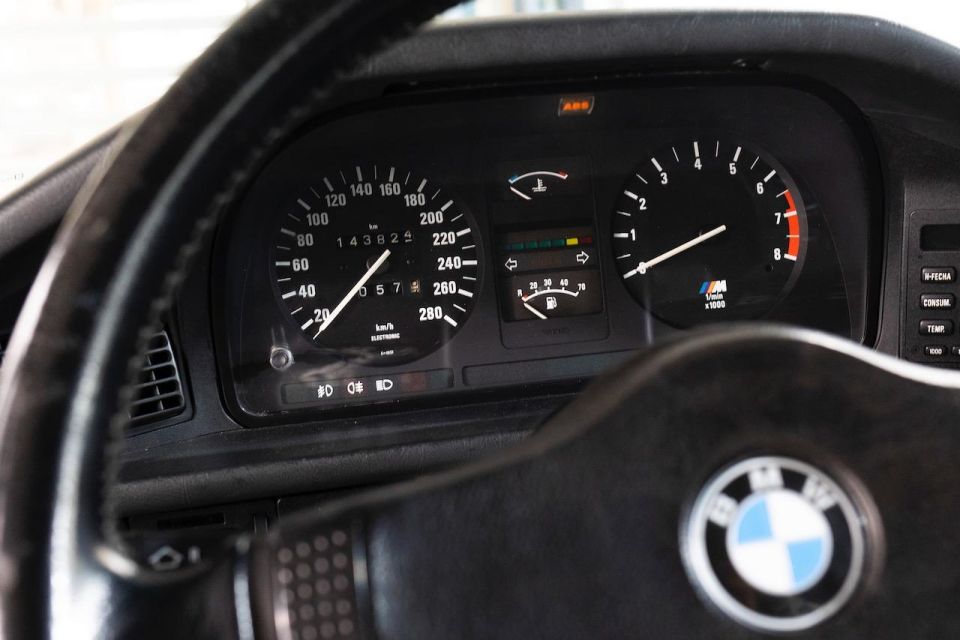
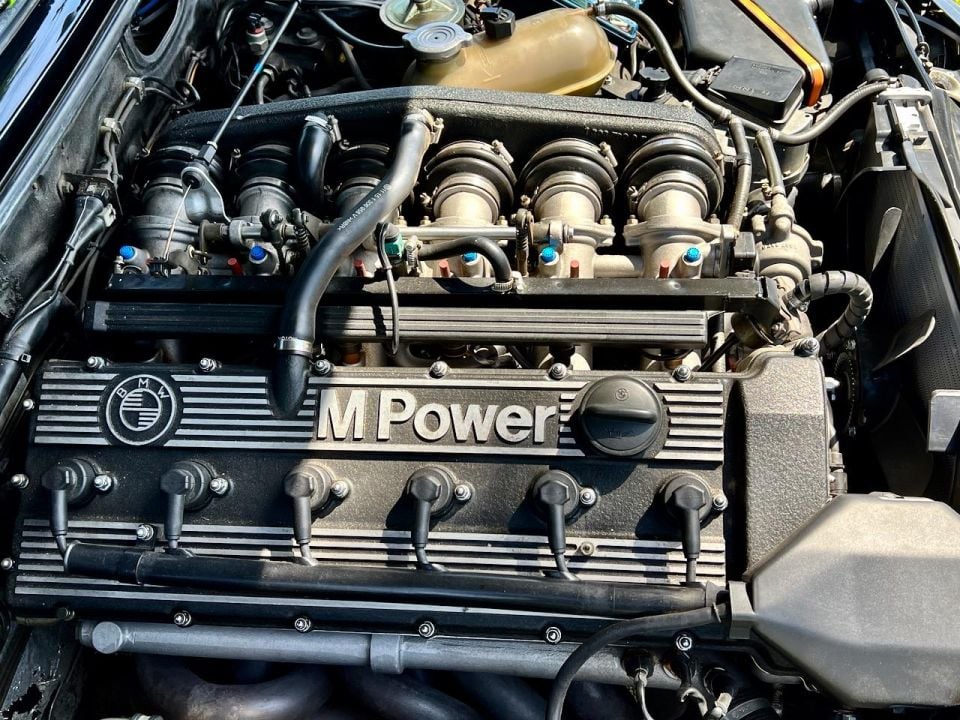
I’m careful to get the oil pressure up and the coolant temperature nice and warm before shifting into first and heading out of Munich to some quieter, greener pastures close to an airport.
Naturally, you start out with a bit of apprehension knowing how much effort the folks at BMW Classic put into the upkeep of these older machines. But apparently, that doesn’t mean you have to pussyfoot around.
I’m following one of the Classic guys in his own thoroughly worked E36 wagon, and he isn’t hanging about. In fact, he’s pushing hard into some pretty serious corners on some not-so-busy B-roads, so I happily respond with a downshift and a boot full of throttle.
It’s a motor that likes to rev but never sounds like it’s under too much stress even at the top of the rev range. Not lazy, mind, but way more sonorous once the rpm nudges 5000rpm. It really is a beautifully responsive engine.
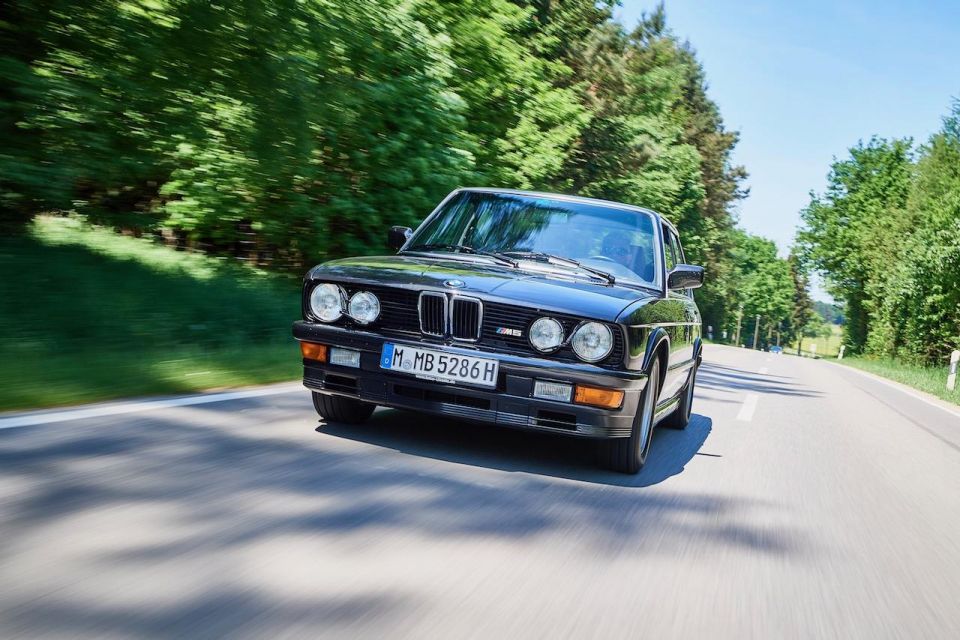
Thanks to its naturally aspirated state, throttle response is also deliciously linear, so as to allow minute adjustments in power delivery, which are absolutely necessary in my attempt to stay with the 3 Series wagon ahead.
He’s not slowing down, either. In fact, he’s not even looking in his rear-vision mirror. I don’t think he cares. My kind of lead driver.
The M5 has got plenty of punch in all the lower gears, too, but you get the best out of it shifting later in the rev range, just before the torque curve flattens out. It’s no rocket like so many of today’s cars but progress is both satisfyingly swift and hugely enjoyable all the same.
The gear stick is understandably old-school and the throws between gears are long, but it still feels deliberate. The pace of the lead car in front demands quick shifting, but it’s not a box that can be muscled. Finesse works best here.
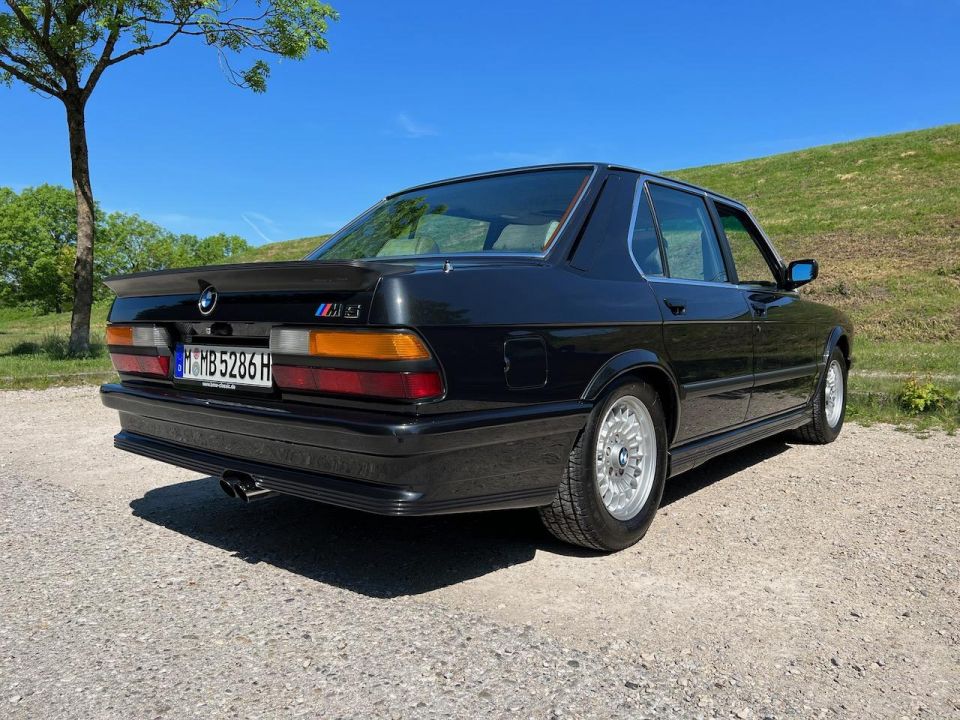
There’s some obvious lean on sharper turn-ins, but it doesn’t seem to affect the handling, so you tend to go even harder and brake even later. You really can throw the old M5 around, as tested through the endless chicanes around these parts.
The chassis feels well sorted and deals well with its modest 1430kg (by today’s standards) heft.
Old mate ahead is clearly having a ball in his wagon and pushing even harder (I think he’s trying to lose me) thanks to his beefed up suspension with the best bits M has to offer. There’s zero body roll in that thing, even at speed.
The sound of the E28 M5 from the mid-to-high range is just so good. Proper motorsport-derived engine building at play here and still sounding like the business 37 years later, although this particular example was one of the last built, in 1989.
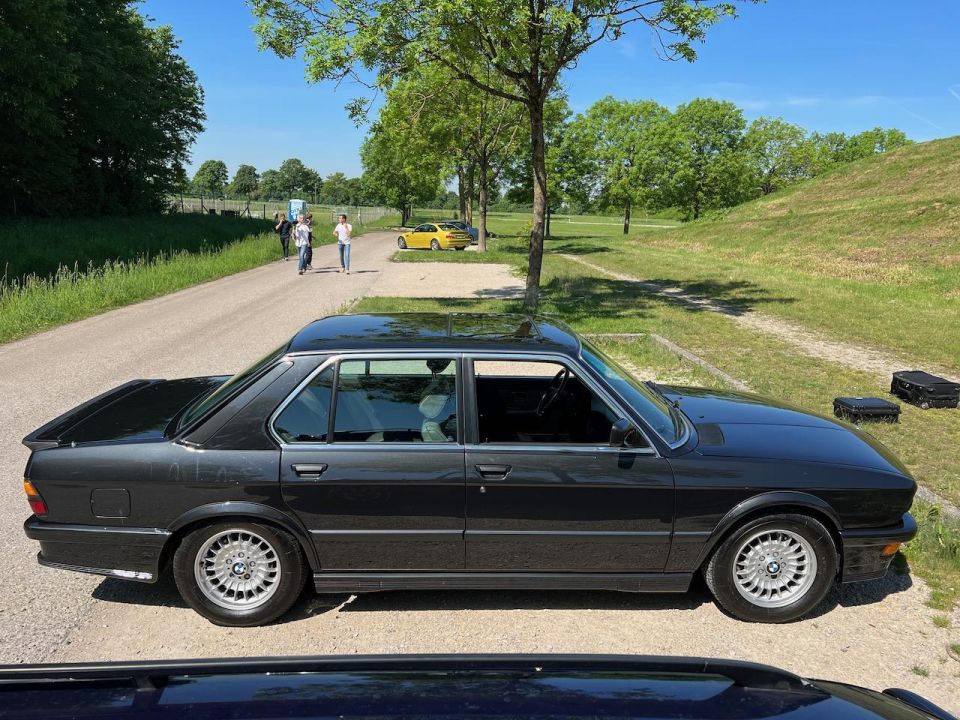
I’m peddling as quick as I’m prepared to go in such a rare machine which I don’t own. To think it’s 33 years on and can still be properly hustled in a no-holds-barred fashion is massively impressive to me.
Ride comfort is suitably cushy, too, despite the M5’s enhanced suspension tune. Honestly, I’ve driven cars today that don’t handle or ride as well as this car nearly 40 years on from its launch.
Some of that is down to the high-walled Micheline tyres (225/55 series), while the rest is down to the more forgiving suspension tune of the day. It makes for a less frenetic drive experience unless you’re going as hard as the guy in front.
The power steering is weighted correctly, too. Nice and meaty but there’s a bit of play either-side of the straight ahead. You get used to it pretty quickly but not without some shuffling and a bit of arm-twirling at times given the size of the leather-clad tiller.
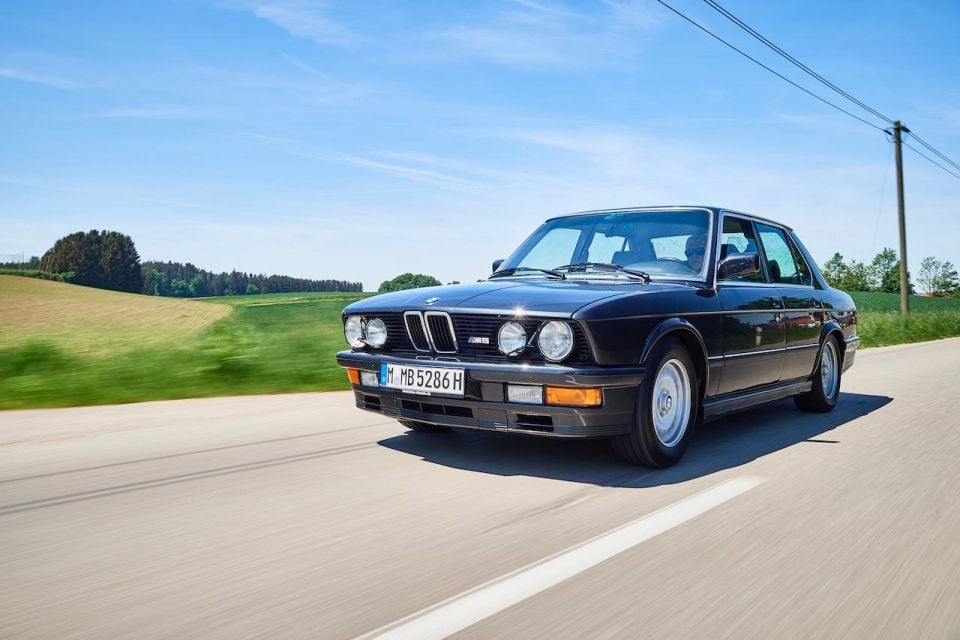
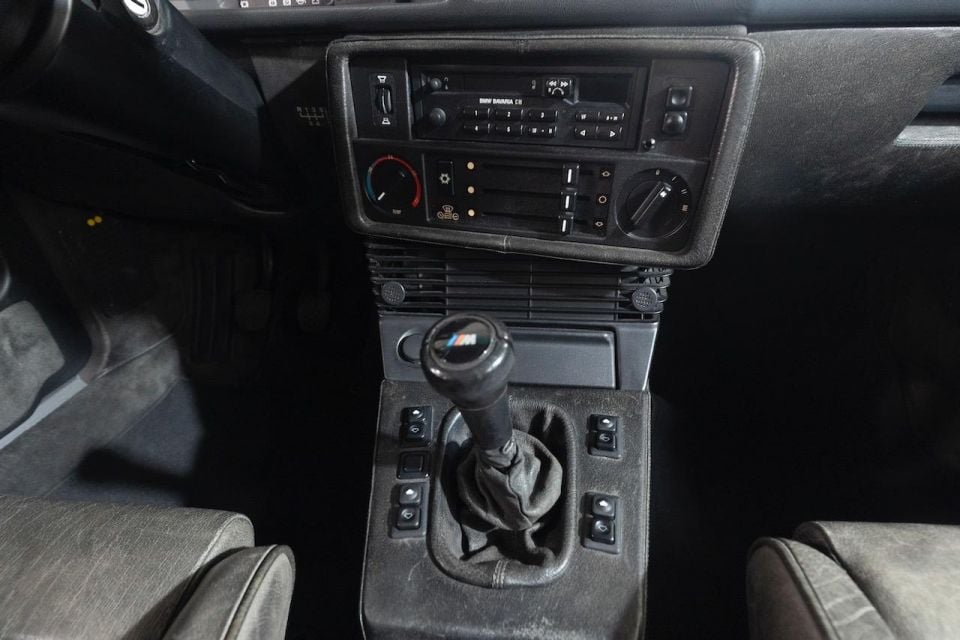
It’s nowhere near as precise as today’s EPAS equipped M cars, but I’d argue there’s good feedback.
Interestingly, I also jumped in for a quick blatt in the E39 M5, which of course was a demonstrably more sorted vehicle, but it just doesn’t offer the sense of engagement the E28 offers.
Thanks to BMW Classic for the opportunity to thrash its E28 M5.
Where expert car reviews meet expert car buying – CarExpert gives you trusted advice, personalised service and real savings on your next new car.
Anthony Crawford is a CarExpert co-founder and senior presenter with 20+years in automotive journalism and content creation.


Damion Smy
3 Days Ago
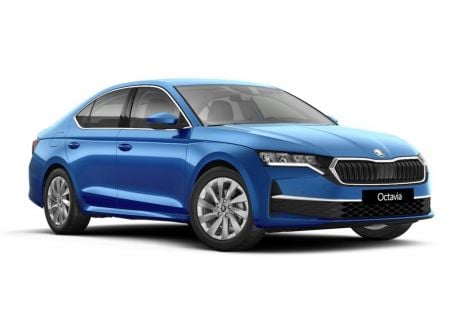

Max Davies
4 Days Ago


Ben Zachariah
6 Days Ago
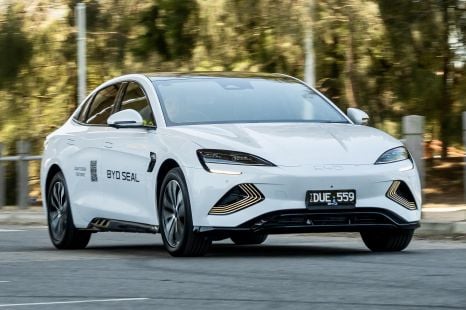

Max Davies
7 Days Ago
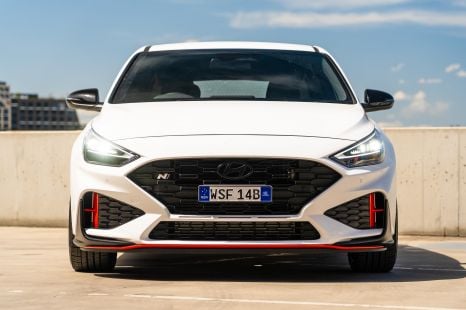

William Stopford
13 Days Ago
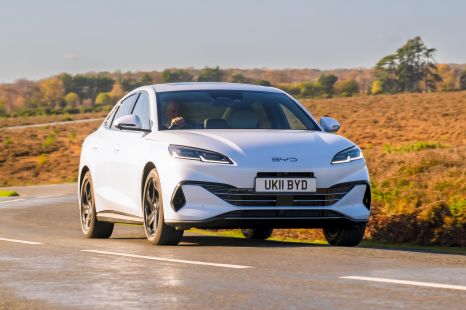

Matt Robinson
16 Days Ago